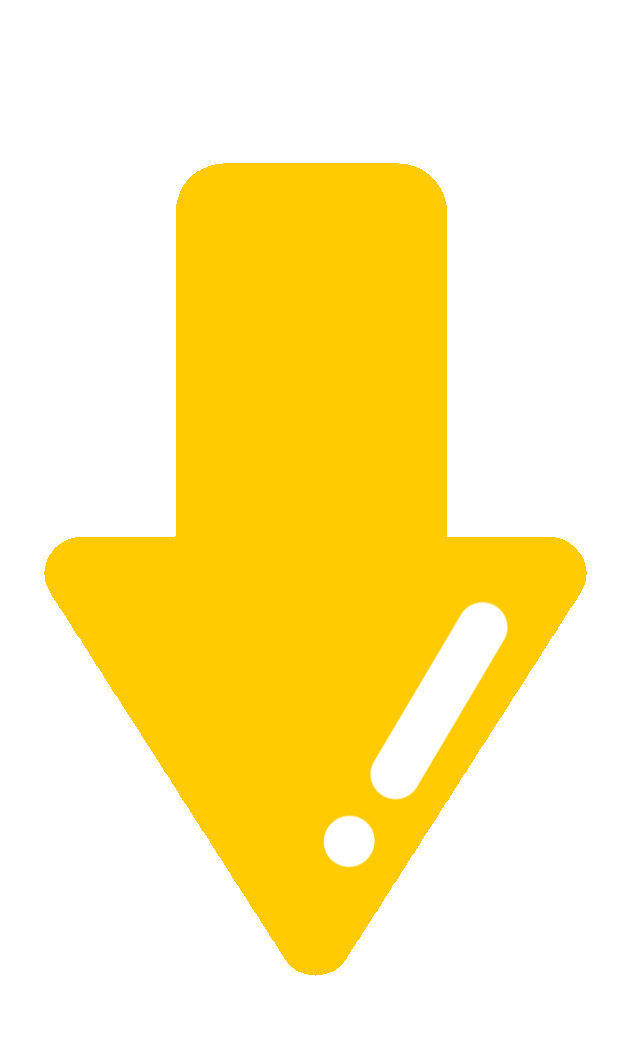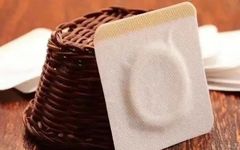
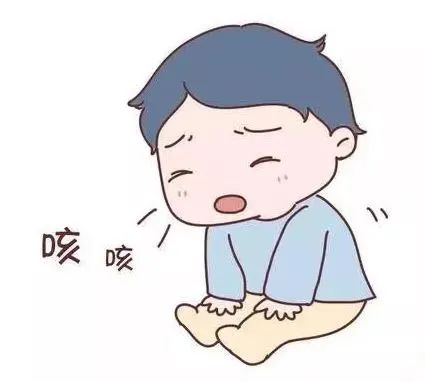
As spring brings warmth, Ms. Li took her child to climb Yuelu Mountain a few days ago. Due to inhaling cold air, the child suddenly developed paroxysmal coughing, which became increasingly severe and frequent. She immediately took out a Wenyang Tie (温阳贴, warming yang patch) from her bag and applied it to the child’s Tian Tu (天突穴, Tiantu point), located at the center of the suprasternal notch. Within half an hour, the child’s coughing symptoms gradually alleviated.What is Wenyang Tie?Dr. Qu Jing, Deputy Chief Physician at the Preventive Medicine Center of Hunan Provincial Hospital of Traditional Chinese and Western Medicine (Hunan Provincial Academy of Traditional Chinese Medicine), explains that Wenyang Tie is a therapeutic patch made using traditional Chinese medicine principles. It stimulates acupuncture points to mobilize the body’s immune system, achieving effects such as warming yang, dispelling cold, and relieving cough and asthma. The Tian Tu (天突穴, Tiantu point) is an important point on the Ren Meridian, located at the center of the suprasternal notch. Stimulating this point can regulate lung qi and alleviate coughing symptoms.
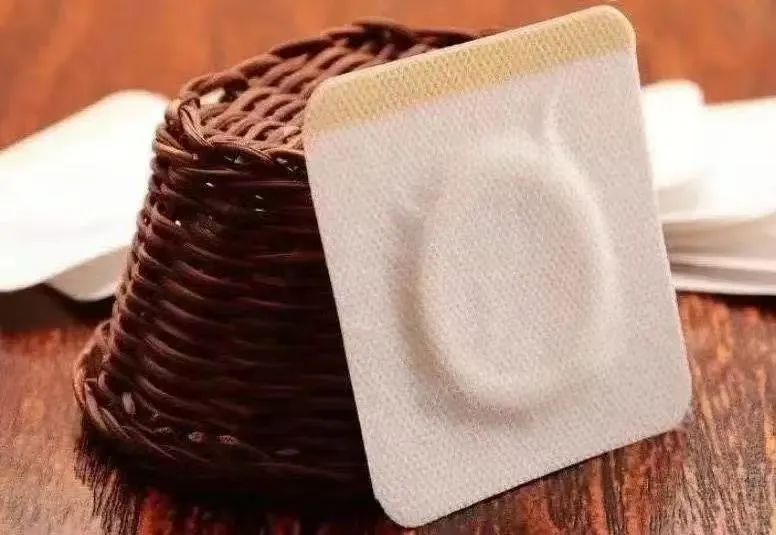
Ms. Li effectively utilized the Wenyang Tie on the Tian Tu point to quickly relieve her child’s cough symptoms caused by the initial invasion of wind-cold.
What are the benefits of Wenyang Tie?Traditional Chinese medicine believes that nurturing yang in spring and summer and nurturing yin in autumn and winter is essential. The spring and summer seasons are ideal for nurturing yang, and using Wenyang Tie is one of the most seasonally appropriate, simple, and effective methods for nurturing yang.

Wenyang Tie primarily utilizes warming yang and dispelling cold herbs, applied to specific acupuncture points or painful areas of the body, to achieve effects such as warming yang qi, dispelling cold, relieving pain, and promoting blood circulation.
What are the indications for Wenyang Tie?
Wenyang Tie is particularly suitable for supporting yang qi in health maintenance and for assisting in the treatment of clinical diseases. It is especially effective for individuals who are sensitive to cold, have cold hands and feet, experience stomach cold and abdominal pain, or have cold pain in the lower back and knees, particularly those with a yang deficiency constitution. Additionally, it can alleviate symptoms such as fatigue, chest pain, chest tightness, palpitations, stomach pain, abdominal pain, insomnia, premature aging, dizziness, neck, shoulder, waist, and leg pain, fall injuries, vertigo, tinnitus, forgetfulness, drowsiness, constipation, facial melasma, dysmenorrhea, menstrual irregularities, breast tenderness, sub-health conditions, and sequelae of cardiovascular and cerebrovascular diseases.
What are the daily health maintenance practices with Wenyang Tie?01Common Cold
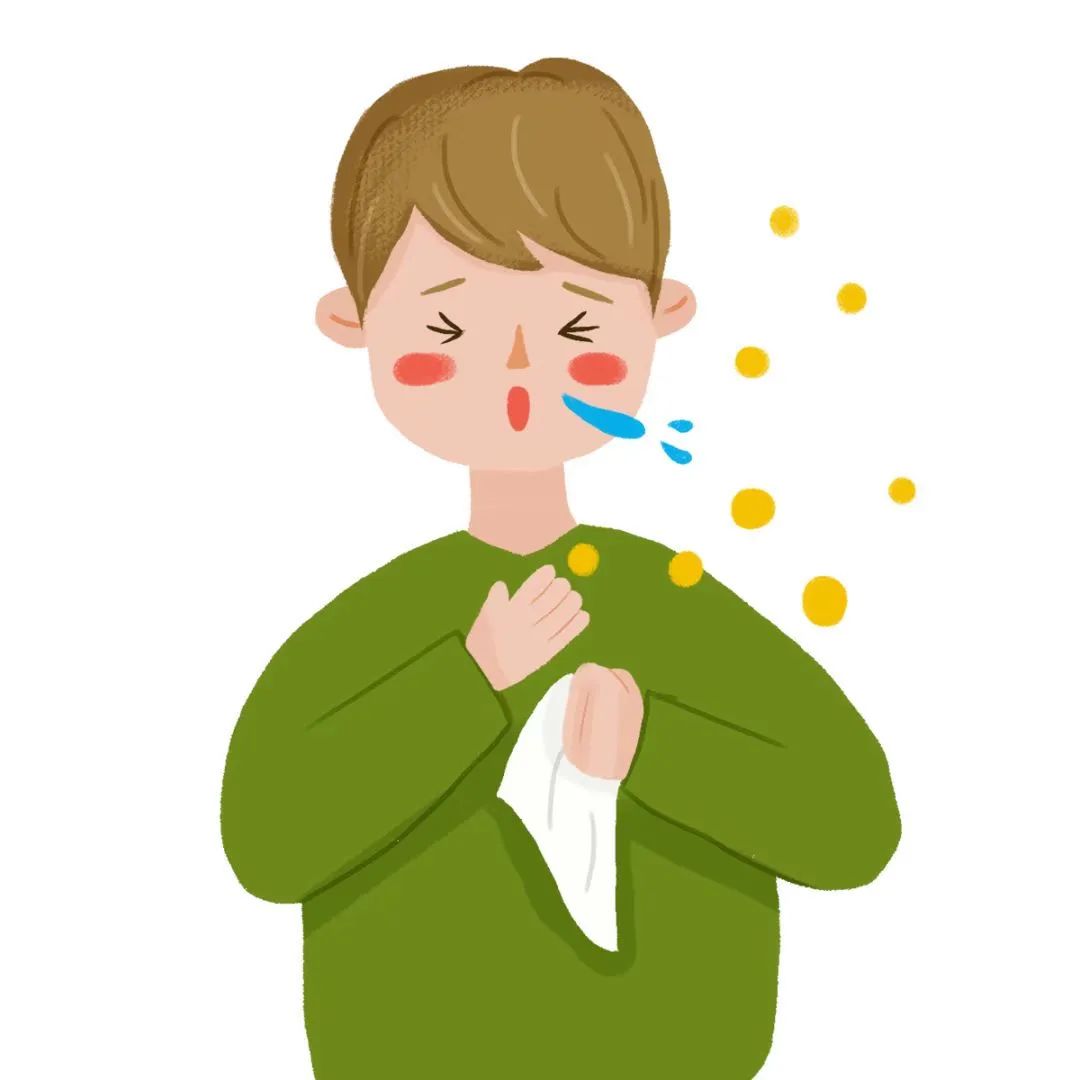
Wenyang Tie can effectively alleviate symptoms caused by the common cold, such as chills, headaches, and body heaviness. Its principle is to apply it to specific acupuncture points on the body, such as the Da Zhui (大椎穴, Dazhui point) and Fei Yu (肺俞穴, Feiyu point), to warm yang qi and dispel cold from the body, thereby improving cold symptoms. When accompanied by coughing, it can be applied to the Tian Tu (天突穴, Tiantu point) to dispel cold and relieve cough.02Rheumatoid ArthritisRheumatoid arthritis is an inflammation of the joints caused by wind, cold, and dampness. Wenyang Tie can be effectively applied to the joint areas to warm the meridians, dispel cold, relieve pain, and improve symptoms such as joint stiffness and pain.
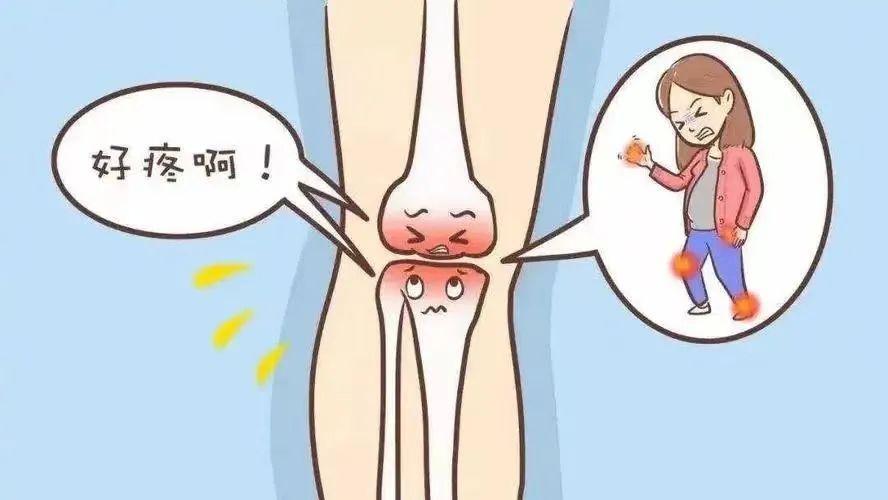
For discomfort in the upper limb joints, points such as Qu Chi (曲池穴, Quchi point), Shou San Li (手三里, Shousanli point), and Yang Xi (阳溪穴, Yangxi point) can be selected.
Common knee pain can be treated with points such as Zu San Li (足三里, Zusanli point), Cheng Shan (承山, Chengshan point), Kun Lun (昆仑, Kunlun point), Wei Zhong (委中, Weizhong point), and Nei Wai Xi Yan (内外膝眼穴, Neiwaixiyan points).
03Gastrointestinal Disorders
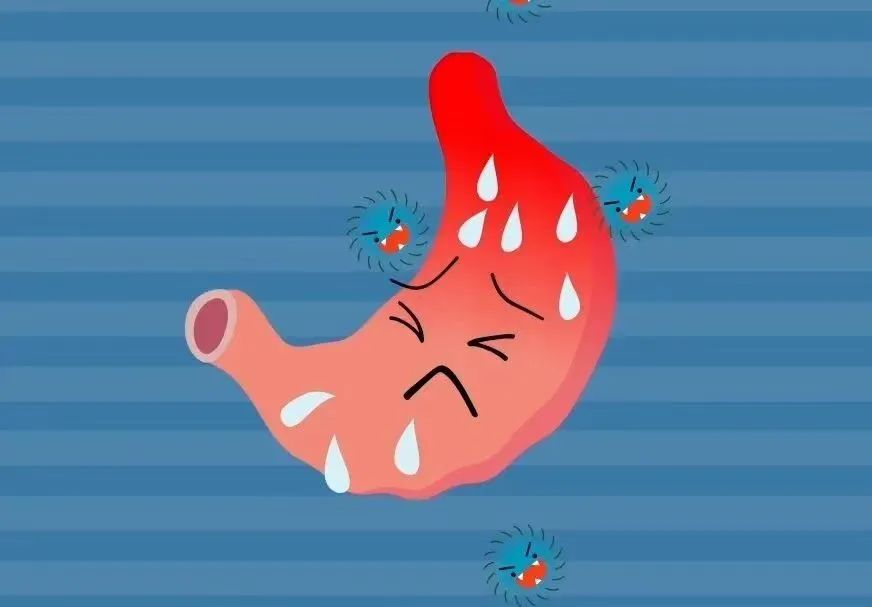
Wenyang Tie can also effectively alleviate symptoms such as abdominal pain and diarrhea caused by gastrointestinal disorders. Its principle is to apply it to points such as Shen Que (神阙穴, Shenque point), Zhong Wan (中脘穴, Zhongwan point), Wei Shu (胃腧, Weishu point), Spleen Shu (脾腧, Pishu point), Large Intestine Shu (大肠腧, Dachang point), and bilateral Zu San Li (足三里, Zusanli point) to warm the spleen and stomach yang qi, dispel cold, relieve pain, and harmonize gastrointestinal function.04Allergic Rhinitis
Points such as Da Zhui (大椎穴, Dazhui point), Fei Shu (肺腧, Feishu point), Shen Shu (肾腧, Shenshu point), Ming Men (命门, Mingmen point), and Ying Xiang (迎香穴, Yingxiang point) can be selected for application.
05Dysmenorrhea and Cold Uterus InfertilityWenyang Tie can be applied to points such as San Yin Jiao (三阴交, Sanyinjiao point), Xue Hai (血海, Xuehai point), Zu San Li (足三里, Zusanli point), Zi Gong (子宫穴, Zigong point), and Guan Yuan (关元穴, Guanyuan point).
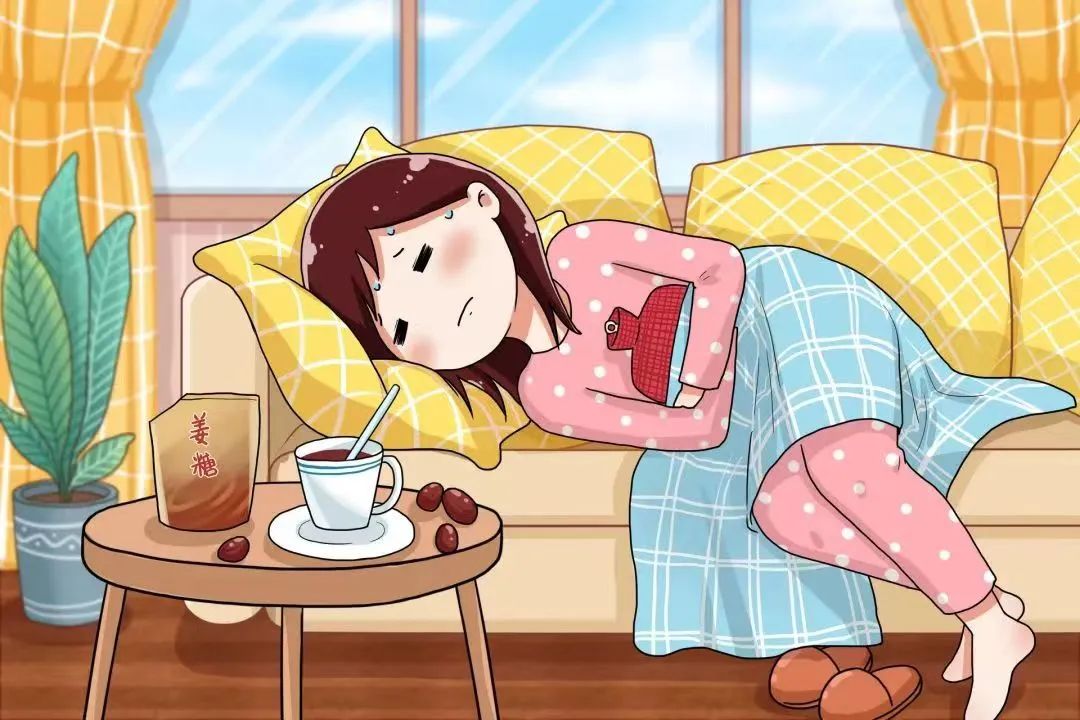
Depending on individual circumstances, other points may also be combined for treatment to achieve the best results.
The application method for Wenyang Tie is external use, once a week, with a treatment course of four applications. Generally, 6-8 acupuncture points are selected for application, with adults applying for 4-6 hours and children for 2 hours.
Expert Reminder
Professor Luo Yunhua, Director of the Preventive Medicine Center, reminds that when using Wenyang Tie, it is important to select appropriate acupuncture points and pay attention to the application time to avoid excessive or improper use that may cause skin damage. Additionally, special populations such as pregnant women, children, and the elderly should use Wenyang Tie with caution and under the guidance of a physician. For patients with allergic constitutions, a skin test should be conducted before use to avoid allergic reactions.
Expert Introduction: Luo Yunhua
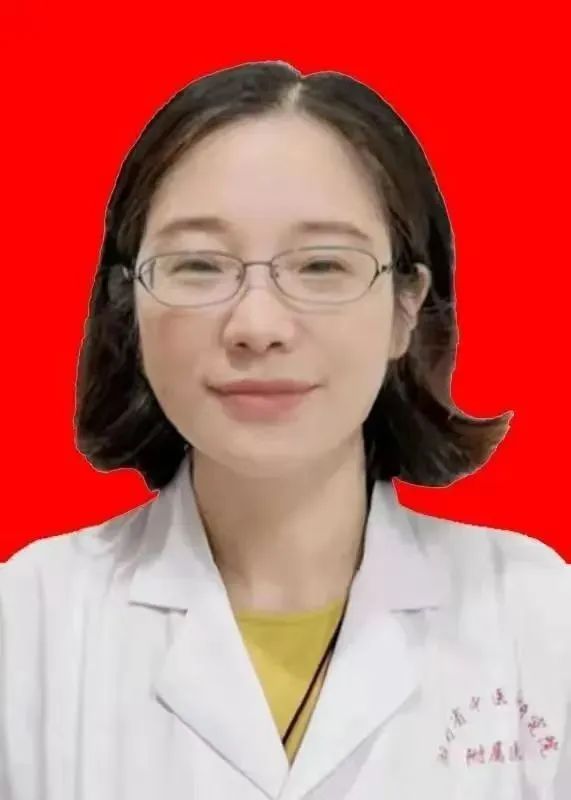
Personal Introduction: Master of Traditional Chinese Medicine, Chief Physician.
Specialties: Focuses on nephrology and rheumatology, skilled in combining traditional and Western methods to treat joint pain, low back pain, acute and chronic nephritis, kidney stones, renal insufficiency, prostatitis, sexual dysfunction, hypertension, and diabetic nephropathy; has accumulated rich experience in TCM health maintenance, adept at using medicinal pastes, medicinal meals, tea therapy, foot baths, and herbal decoctions to adjust TCM imbalances and correct sub-health states.
Clinic Hours: Monday and Wednesday all day, Saturday morning at the Preventive Medicine Clinic (4th floor of the outpatient building), Tuesday and Friday all day, Thursday morning at the Health Management Clinic (Health Management Center).
Expert Introduction: Qu Jing

Personal Introduction: Master of Traditional Chinese Medicine, Deputy Chief Physician. Vice President of the Dermatology and Beauty Branch of the Hunan Provincial Association of Traditional Chinese Medicine, Standing Committee Member of the Health Service Industry Association of Hunan Province, and Standing Committee Member of the Preventive Medicine and Health Management Committee of the Hunan Provincial Association of Traditional Chinese Medicine.
Specialties: Focuses on dermatology and internal medicine. With nearly 20 years of clinical frontline work, has accumulated rich clinical experience in TCM health maintenance, TCM beauty, anti-aging, and body weight management. Skilled in using herbal decoctions, medicinal pastes, medicinal meals, tea therapy, and laser surgery, acupuncture, auricular therapy, and external application of herbal medicine to treat facial skin diseases (acne, rosacea, sensitive dermatitis, hormone-dependent dermatitis, melasma, etc.), atopic dermatitis, eczema, pruritus, urticaria, allergic dermatitis, herpes zoster, various types of alopecia, as well as common internal and gynecological diseases.
Clinic Hours: Tuesday morning, Thursday morning at the Health Management Preventive Medicine Clinic; Monday morning, Friday afternoon, and Sunday afternoon at the Dermatology Clinic.
Provided by: Preventive Medicine Center (Health Management Center, Physical Examination Center)
Author: Qu Jing
Guidance: Luo Yunhua
Reviewed by: Publicity and United Front Work Department of Hunan Provincial Hospital of Traditional Chinese and Western Medicine (Hunan Provincial Academy of Traditional Chinese Medicine)
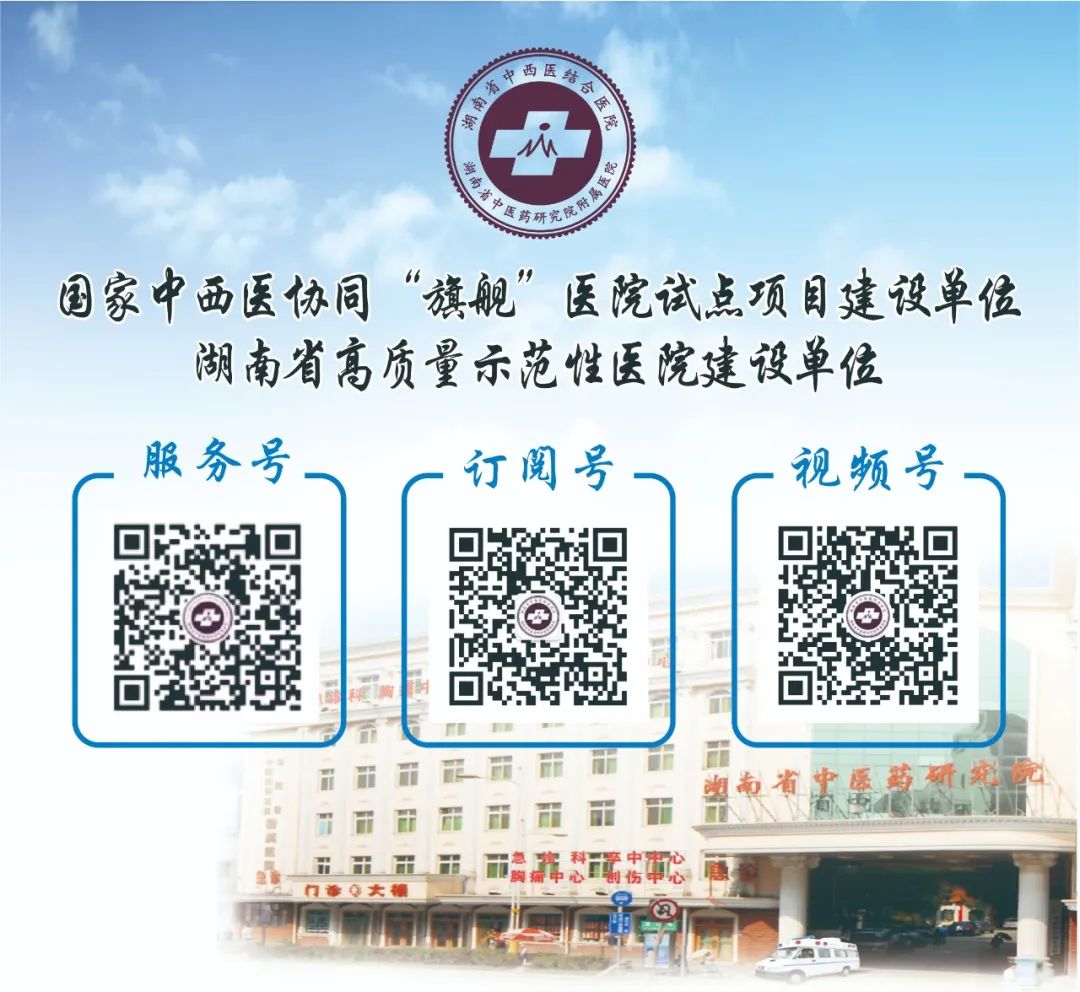
If you like this article, remember to like, view, and share it!